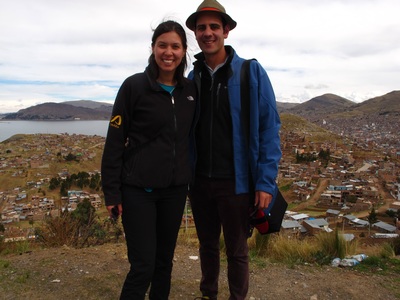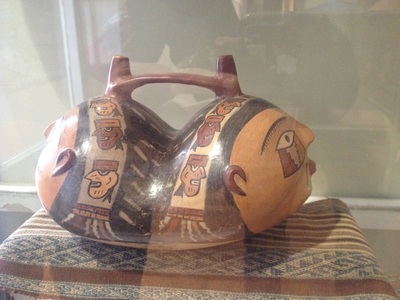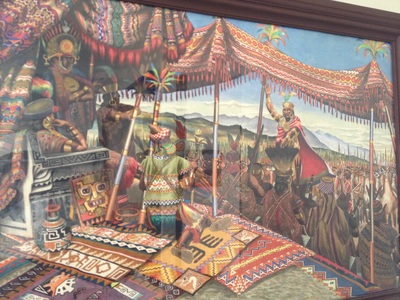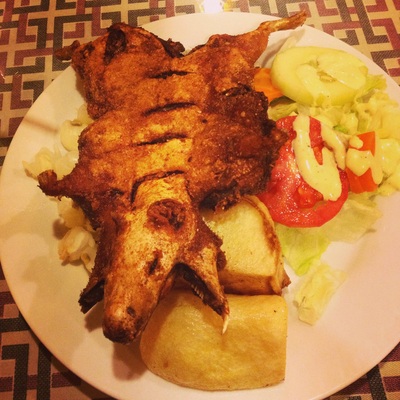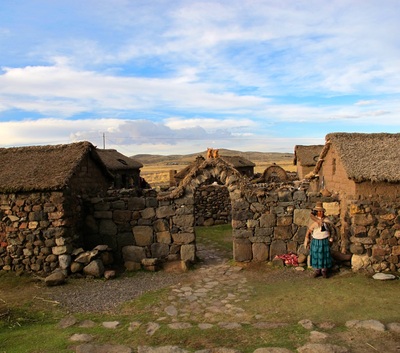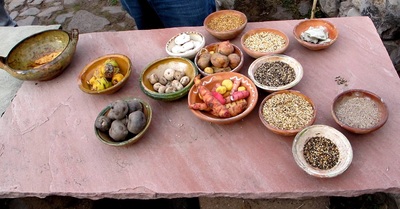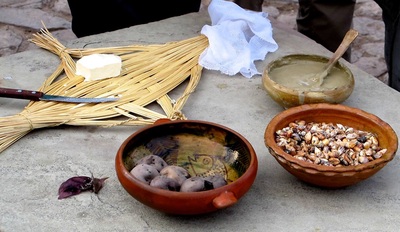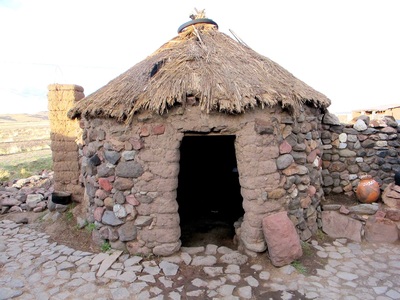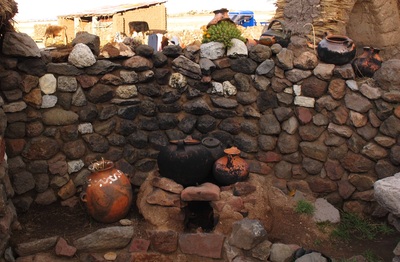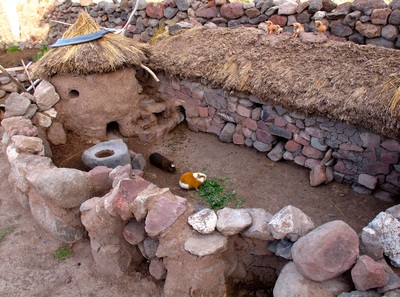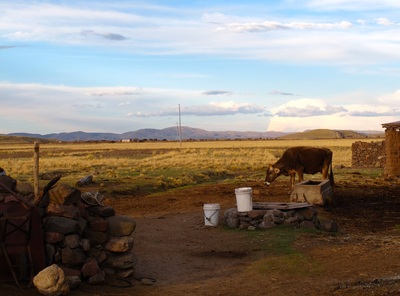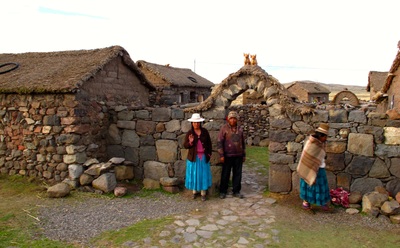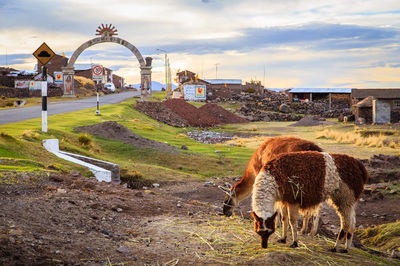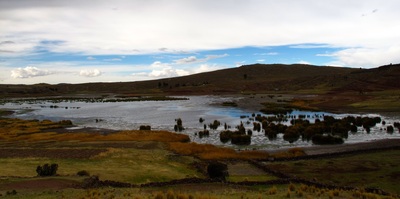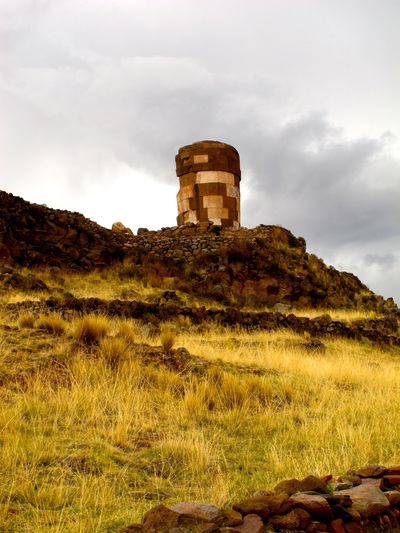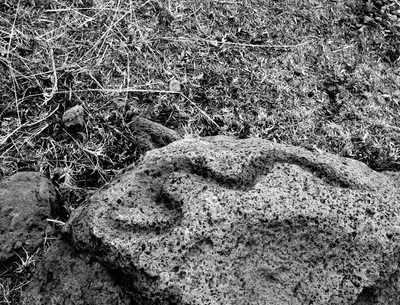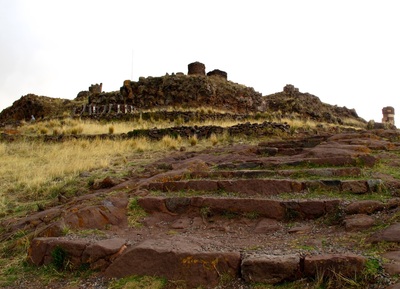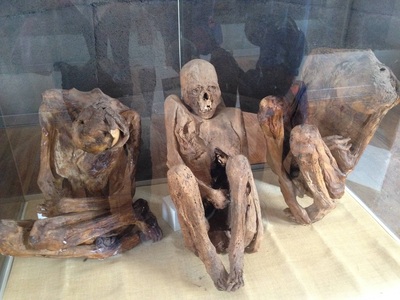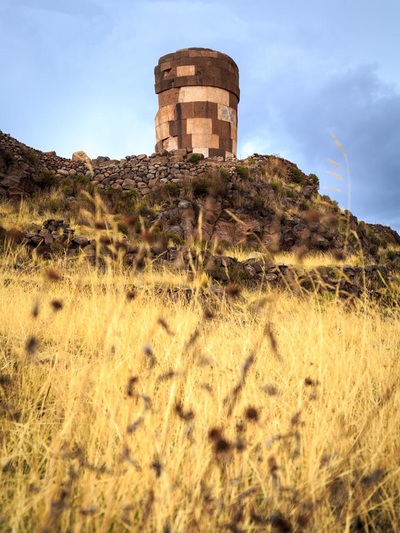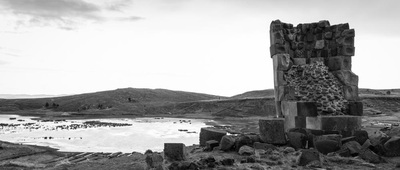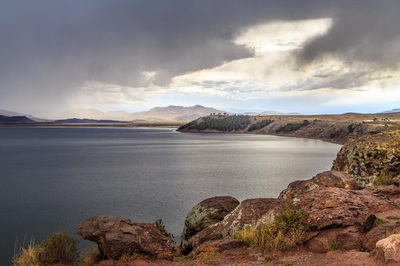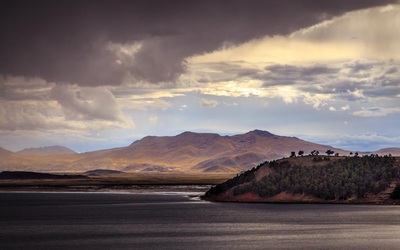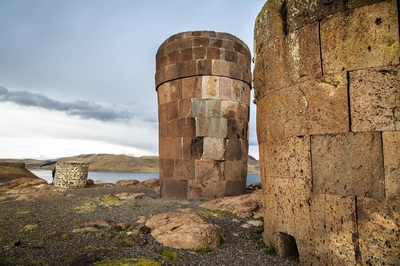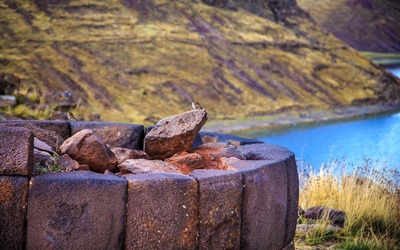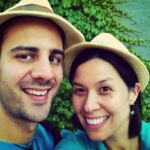Post from the past
Either way it was amazing so please do have a look below!
Puno has a great little museum called Museo Carlos Dreyer. Dreyer was a German artist who moved here in the 19th century, and created a circle of artists. He also collected a lot of Incan and pre-Incan objects many which are very valuable to piecing the those civilizations together. If you recall, Inca’s are only fairly recent civilisation from around the 15th century AD/CE. The pre-Incan civilisations are quite diverse societies and were specific to particular areas, however the main one you need to remember is the Tiwanaku civilisation who reigned for 13 centuries across this side of South America (300BCE to 1300 CE). They are the most interesting and advanced civilisation, researchers are now realising that many of the Incan temples and sites were originally Tiwanaku built and then commandered by the Incans. Not much is known about the Tiwanaku/Tiahuanaco civilisation but its a very interesting and exciting area that archeologists are only just getting into!
You can read and see an interactive dig journal (if youre a geek like me) : http://interactive.archaeology.org/tiwanaku/
The museum housed fantastic relics from the Puno area, and the most interesting were the recent find: the Mummies of Sillustani. A collections of pre Incan funerary temples near puno. After a rockslide the mummies and hoard of gold was evident and put together in the museum. It’s amazing to see delicate necklaces of gold, crowns, rings and more. No wonder the Spanish thought this was El Dorado.
We stopped at a tiny couple of houses in traditional Aymara style, with an open courtyard, and several rooms leading off this. Wandering inside we were asked to try local food. There are around 20 different types of potatoe eaten in these parts so we got to try 6 various types, and grains. Then they brought out homemade llama cheese (stinkier than blue and tastes horrific), sweet potatos, burnt corn and what looked like mud.
You take a bit of potato and peel off the burnt skin, then a dollop of mud dip….mmm earthy and slightly crunchy. Wasn’t that bad really, not that great either, it reminded me of pretending to cook as a kid. Mud pie, mud stew, and this was mud dip.
I got to peek inside their tiny houses, built to keep the heat in, as its pretty chilly around these parts. Check out their outdoor stove and cooking area (all the rage!), and see their collection of cuy out the back. These cute cuy even had a mud brick castle to play in….awww.
Sillustani: A pre-Incan burial ground
The mummies were found after a rockslide recently. Believed to be 4 warriors with necklaces, rings and crowns of gold. Perhaps some ancient warrior kings. the mummies and hoard of gold was evident and put together in the museum. It’s amazing to see delicate necklaces of gold, crowns, rings and more. No wonder the Spanish thought this was El Dorado.



